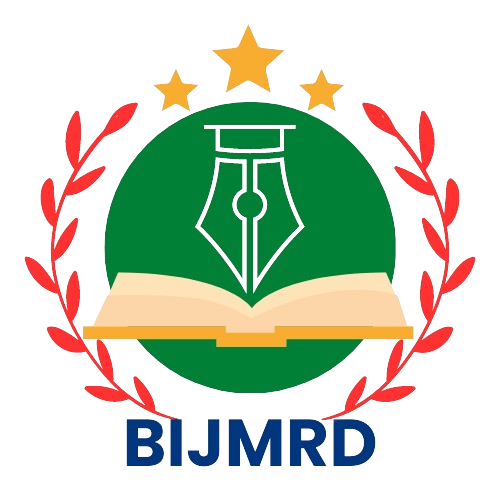Author: Mithu Bag & Dr. Sindhu Bala
DOI Link :: https://doi-ds.org/doilink/05.2024-69343941/BIJMRD/ 06.2024/81/Vol -2 / 3/A9/Mithu Bag
Abstract: Behaviours that are violent are learnt. Witnessing physical abuse or other forms of domestic violence may expose children at a young age. According to studies, these types of early exposure to violence might raise the likelihood of aggressive behaviour in adolescents by up to 40%. Children are at danger of becoming violent adults regardless of whether they see or experience violence at home. This is because children are less likely to have strong social ties and restrictions, and parents are less likely to teach them traditional values and conventions. Learning and indulging in violence may also be seen in certain neighbourhoods. There is a lot of exposure to violence, as well as violent role models and positive reinforcement for violent behaviour, in communities where gangs and illicit markets are prevalent, especially in drug distribution networks. School has the ability to bring its own brand of conflict, anger, and aggressive reactions to these problems, even if patterns of behaviour learnt in early infancy do continue over into school. Evidence suggests that teenage gun ownership is higher among drug traffickers, ex-offenders, and those who did not complete high school. There are two main consequences associated with aggressive behaviour, according to research, and they are growing up in low-income, minority households and chaotic neighbourhoods. To start, fewer job options mean fewer marriage prospects when it’s time to shift into adulthood.Secondly, it is the natural process of teenage growth to dwell impoverished, disordered neighbourhoods, according to the research. Many youths’ lives have been devastated by juvenile delinquency, which is a serious issue. Many people, including teens, their families, and the larger community, feel the ripple effects of juvenile delinquency and associated problems. Crime victims aren’t the only ones this problem impacts. The home, the job, and society as a whole are all touched by the effects of juvenile delinquency. The most visible victims are those who are involved in juvenile delinquency. Socioeconomic and psychological problems on their families and society at large are the most severe repercussions of adolescent crimes. Sometimes, mental health disorders have a substantial role in the involvement of juveniles in violent crimes such as robberies, rapes, and assaults. The illegal activities of youth lead them to develop a tolerance for alcohol and other drugs. Examining the mental health and legal implications of adolescent misbehavior is the primary goal of this research.
Keywords: Child, Juvenile, Delinquency, Crime, Law.
